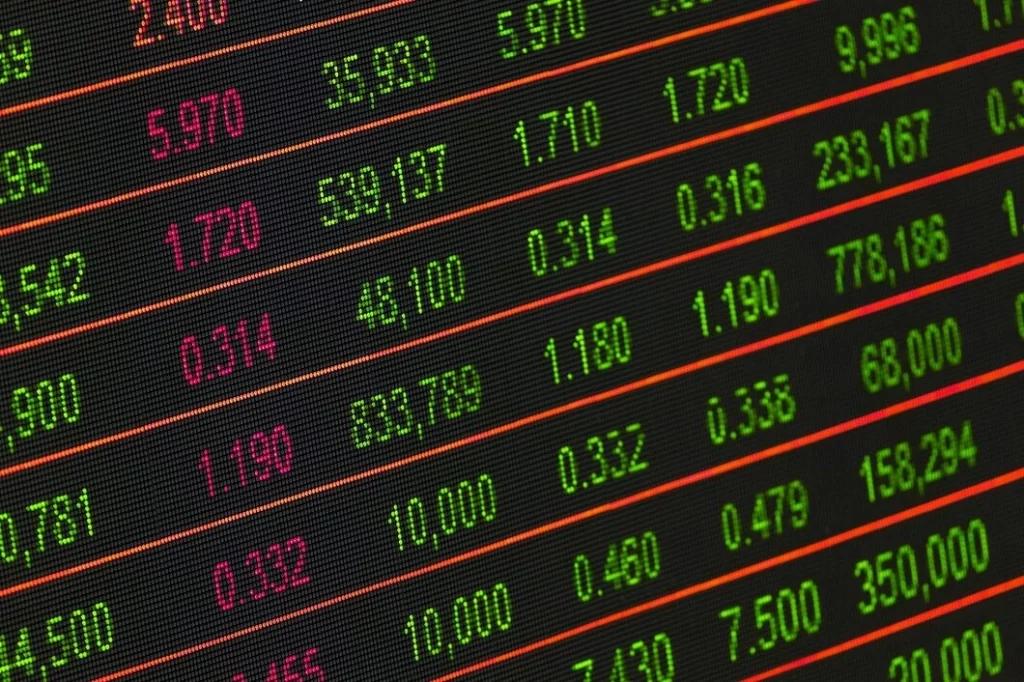2022 was not the best year for the global markets, and most of what followed, like the Russia-Ukraine war, was unanticipated. It may be a new year, but that doesn’t erase the impact of the last one. But while 2023’s macro environment isn’t encouraging from the outset, inflation pressures, supply chain disruptions, etc., are expected to ease through the year. Based on market insights and investment outlook reports by leading investment banks, such as Goldman Sachs and JP Morgan, here’s what you can expect from 2023.
2023 Projections: A quick look
From inflation to interest rates, here are all the important numbers projected for this year.
GDP
The US GDP growth for 2023 is projected to be 1%, year-over-year. The economy is expected to begin recovering from the recession after midyear. Global GDP growth is expected to be 1.6%.
Inflation
Slowing economic activity in the US and China returning to full production is expected to ease inflation through 2023. By December, the inflation rate is expected to be below 3%.
Interest rates
Federal Reserve will continue raising rates, and the Fed funds rate will hit a 17-year high of 5%-5.25% in the first half of the year. However, as inflation slows noticeably, a Fed pivot is expected in the second half of 2023, with interest rate cuts beginning.
Stock market
In the first half of the year, as Fed continues to hike rates, the stock market’s lows are expected to be tested. The S&P 500 is estimated to end the year at 4,200 points.
Dollar
Dollar’s rise may slow this year, and possibly even reverse. Currencies such as the Japanese yen, Chinese yuan, and Australian dollar, which were some of the weakest in 2022, may gain the most this year.
China’s reopening
China’s road to economic recovery after its zero Covid policy is going to be a bumpy one with slow growth in the first half of the year, but by the end of the year, the GDP growth rate is expected to be 4%. China still needs to significantly ramp up its vaccination pace for reopening to be safe.
Now that you have looked at all the crucial numbers for the year, it’s time to dive deeper and look at the trends that will drive the market.
2023 Market outlook: Key trends
Here are some of the primary trends that are likely to dictate how the global markets will perform in 2023 and how they will impact your investments.
Recession is coming, but it will be okayish
The truth is that a recession at this point is unavoidable in developed economies, given how high inflation is. In fact, the UK is currently in recession, and the Eurozone and the US will enter a recession soon. However, the recession is expected to be mild, and you should not worry about a bust.
Two points to note are that the labour market is hot, and consumer confidence is still relatively strong. This is healthy because while economic activity will slow down, the period of contraction may not be lengthy or deep. The impact on consumption, and thereby on earnings, will be lesser than seen in prior recessions. As for equities, the upcoming recession has already largely been priced into the US stock market in 2022, given the kind of declines seen. While there will still be volatility for stocks in 2023 in light of a recession, further downside is limited, and stocks are expected to be higher by the end of the year.
Bonds will rise
2022 saw a rare simultaneous selloff in both stocks and bonds. However, 2023 looks promising for the bond market. In fact, analysts predict that bonds could outperform equities in the first half of 2023. Currently, the S&P 500 dividend yield is under 2%, while that of the US 10-year bond is over 3.5%. So, if you are looking to earn a regular income, bonds could provide higher income than dividend-yielding stocks in 2023.
Also, with the yield curve inversion, high-rated short-to-medium-term bonds are expected to be good investments this year. This is because their maturities will incorporate almost all of the rate hikes to come. A diversified fixed-income portfolio across government and corporate bonds would help cushion the volatility the stock market will see this year.
Deglobalisation on cue
Deglobalisation and re-shoring of supply chains will likely continue to be major themes in 2023 and forward. Since the Sino-US trade war that started in 2018, a gradual bifurcation between China and the West began. This was only further aggravated by the COVID-19 pandemic. Catastrophic global supply chain disruptions since have emphasised the need for the US and Europe to be less dependent on China.
Re-shoring to the US would require companies to undertake significant capital spending to bring their supply chains closer and make them safer. This would benefit specific industries such as industrials, parts of the tech sector, and the small-cap sector. It would also be beneficial to other countries such as Mexico, Canada, and some Latin American countries. It’s important to note that deglobalisation is primarily in the context of China today, so it may provide opportunities to other Asian countries, such as India, Thailand and Vietnam to allow US companies to retain the cost-benefit of cheap labour.
A few sectors favoured
For equity investing in 2023, some favoured sectors are:
- Energy
- Consumer staples
- Utilities
- Financials
- Information technology
Energy stocks performed exceptionally in 2022 due to the rapid rise in oil and gas prices. Oil prices are expected to be bullish in 2023, and supply constraints will continue to benefit the sector. Consumer staples and utilities tend to have stable earnings even in periods of economic downturns, while the financials sector is well-capitalised with stable earnings growth. The IT sector, especially subsectors like IT services, networking equipment, payment processors, and semiconductor equipment, is expected to have relatively resilient corporate tech spending despite the global macroeconomic scenario.
The way forward
Considering the market outlook for 2023, you should focus on making changes to your short-term investing strategy while your long-term investing goals should remain consistent. Depending on your goals, risk tolerance, and current investment portfolio, your short-term strategy could include adding more fixed-income exposure to your portfolio, diversifying internationally, selling equity investments in specific sectors, etc. And Appreciate, with its smart AI recommendations, can help you figure this out and more. Download the app today!


















